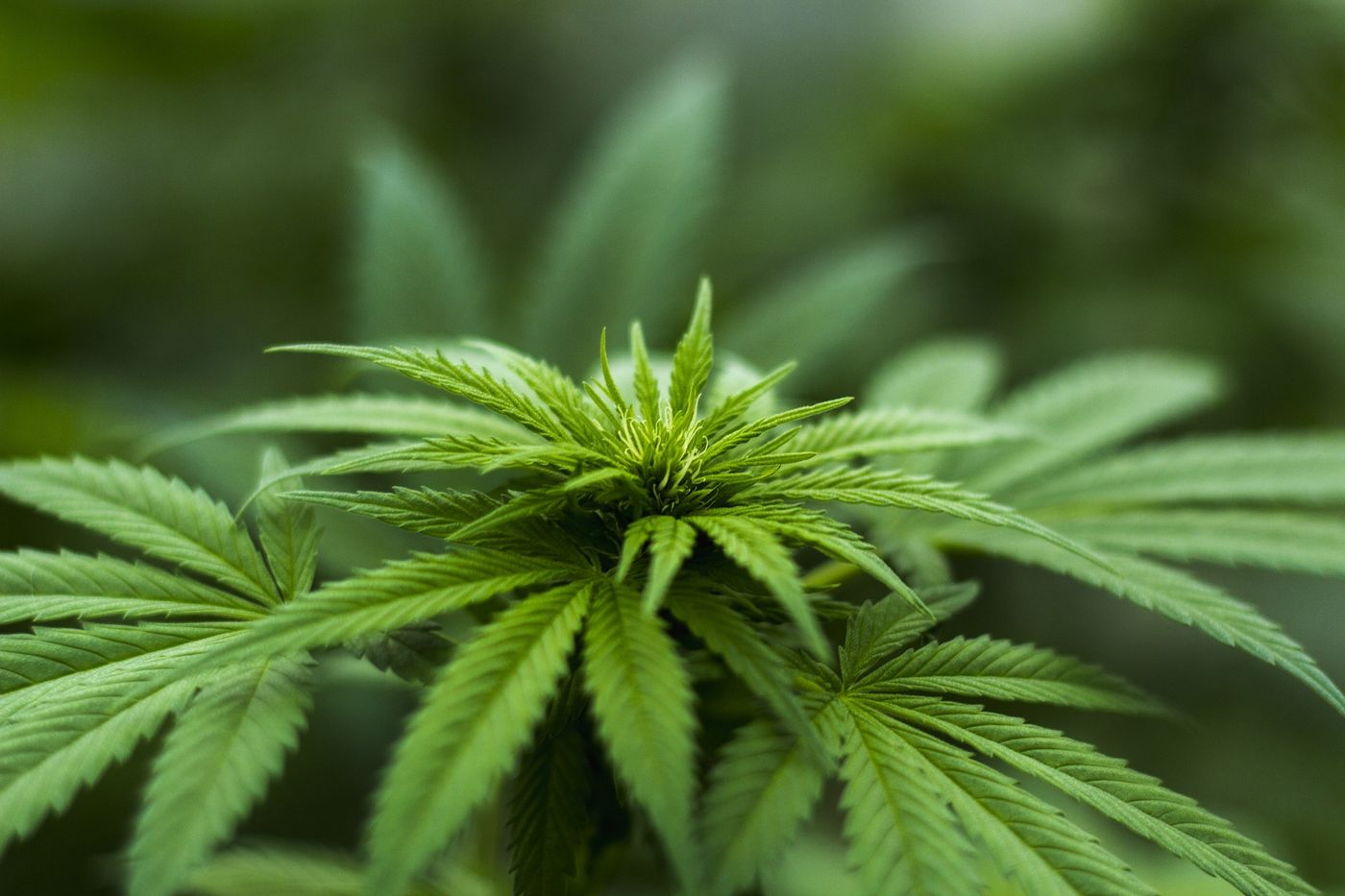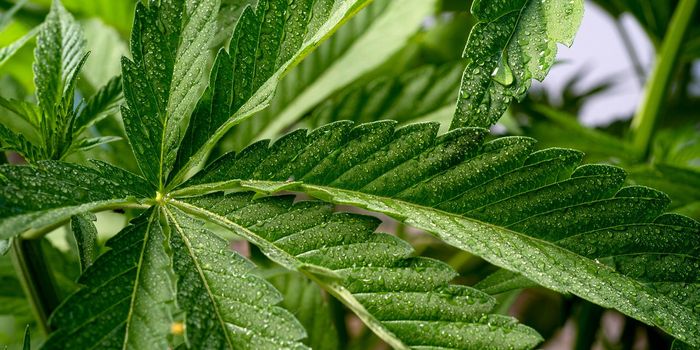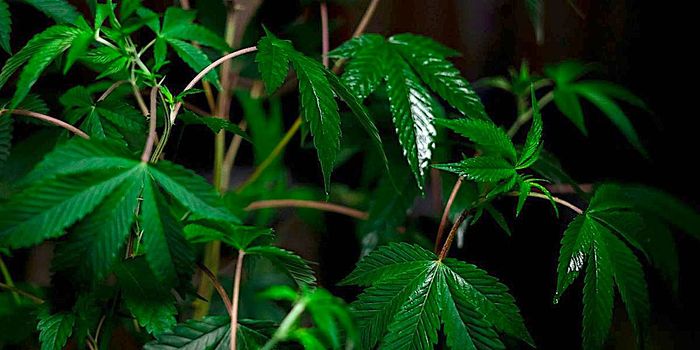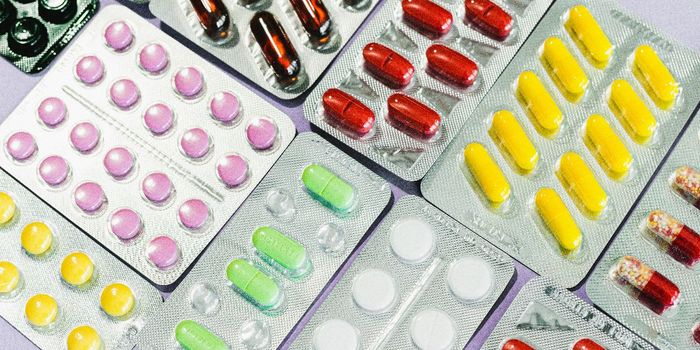Association of Cannabinoid and Terpenoid Dosages with Adult ADHD Status
Attention-deficit/hyperactivity disorder (ADHD) is a neurodevelopmental disorder distinguished by symptoms of inattention and/or hyperactivity and impulsivity.
Treatment options currently available for ADHD symptom management include medication, psychotherapy, and/or psychosocial interventions. These treatments are often used in conjunction with one another.
The medications typically employed for ADHD management can be broadly classified into three categories:
- Psychostimulants (i.e., methylphenidate and amphetamine derivatives)
- Non-stimulants (i.e., atomoxetine)
- Extended-Release Central Alpha Agonists (i.e., clonidine and guanfacine)
Owing to its overall efficacy and tolerability among the majority of patients, the most widely prescribed ADHD medication is methylphenidate.
Unfortunately, these medications are most often accompanied by adverse drug effects such as insomnia, fatigue, reduced appetite, nausea, anxiety, nervousness, increased systolic and diastolic blood pressure, dry mouth, headache, urinary hesitation, erectile dysfunction, and infection.
In a recent study published in Rambam Maimonides Medical Journal, researchers from the Israel Institute of Technology sought to elucidate associations between self-administered cannabinoid and terpene doses of medical cannabis (MC), and adult ADHD symptom severity and medication usage.
They conducted a cross-sectional questionnaire-based study on 59 licensed MC patients who reported ADHD as a comorbidity of the condition that permitted their prescription for MC. ADHD symptom severity and medication usage were measured using the adult ADHD self-report scale (ASRS; 0-5). Comparison statistics were used to calculate the difference in these parameters between low and high monthly MC dosage (20-30 g, n=18; and 40-70 g, n=35, respectively), and low or high adult ASRS score subgroups (≤3.17 score, n=30; and ≥3.18 score, n=29, respectively).
Data analysis revealed associations between a lower ASRS score and high-dosage consumption of cannabinol (CBN); this was not the case, however, with Δ9-tetrahydrocannabinol (THC).
Individuals within the high MC monthly dose group were found to consume increased levels of most phytocannabinoids (including THC; tetrahydrocannabivarin, THCV; cannabidiol, CBD; CBN, cannabichromene, CBC; and tetrahydrocannabinol-C4, THC-C4) and one terpene in particular (trans β farnesene), but not all cannabis constituents.
Consumers belonging to the high MC monthly dose group and the lower ASRS score subgroup reported elevated occurrences of discontinued ADHD medication usage.
The research team concluded that higher-dose consumption of certain phytocannabinoids and terpenes within MC is associated with reduced ADHD medication usage. Although these results are encouraging, the researchers were sure to note that many further experimental investigations must be pursued before employing cannabis clinically for ADHD management.
Sources: National Institute of Mental Health; NIMH Health Topics page on Attention-Deficit/Hyperactivity Disorder; Mental Health Clinician; Rambam Maimonides Medical Journal









